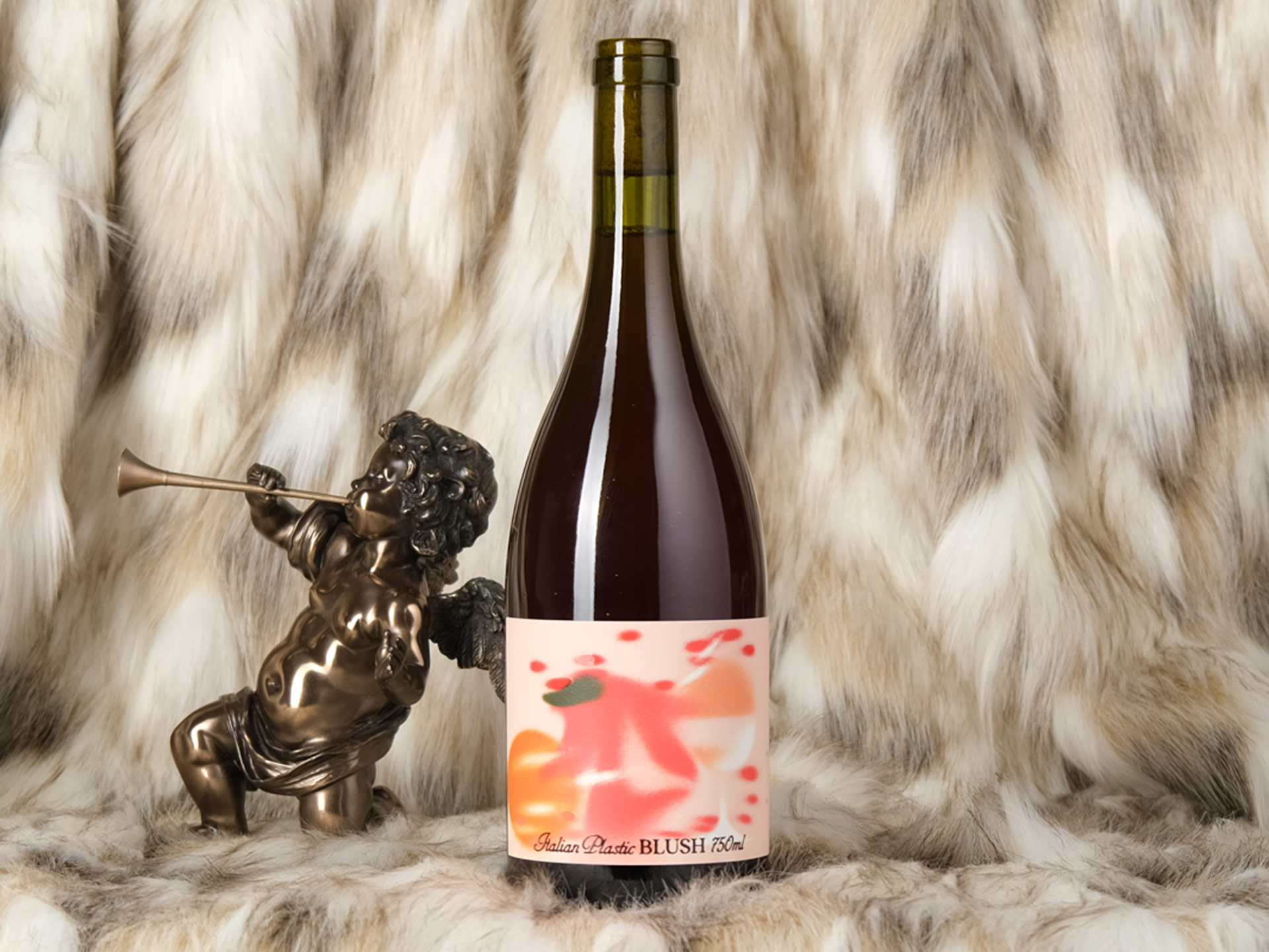From the Alpha Box & Dice crew, this is a skinsy take on pinot gris that takes the coppery ‘ramato’ inspiration into deeply coloured and flavourful territory, with notes of pear, guava, peach and watermelon and a palate rolling into a gently grippy and textural zone.
Tasting note
This is a skinsy gris that sits in the glass a cloudy dusty pink with a distinct haze. The nose is lifted, carrying notes of pear, rose petal, musk, dried guava, watermelon rind, pepper and hints of redcurrant and peach. That haze seems to transfer to the palate in an entirely pleasing way, with a chewy textural feel, a sense of matter and grip rather than the simple glide of a more conventional take on the grape. The acidity is present but gentle, with the grape tannins doing the heavy lifting.
Themes of this wine
Pinot gris/grigio
Whether you call it pinot gris or pinot grigio, the variety has become an international star, pushing even sauvignon blanc out of the spotlight for those wanting a crisp, quaffable white without all the overt fruitiness. But the grape is much more versatile than that, making wines that can be dry and mineral or richly sweet and spicy, as well as skin-contact examples that are grippy and fragrant with red fruits and spices.
Skin contact
The skins hold the colouring matter and lots of tannin. Leave them in contact with the juice/wine and you’ll extract those elements. Most conventional white wine sees no skin contact, rosé a little bit to get a blush, and red wine plenty to get the colour and structure. Skin-contact whites… well, they have some skin contact. Yep. More colour, more tannin and a different flavour profile.
Adelaide Hills
There is arguably no more creatively fertile wine region in Australia right now than the Adelaide Hills. The push to plant vines in the Hills was led by some of Australia’s most established and famous names – Croser, Henschke, Shaw and Smith, Knappstein, Weaver – and while they are all still very much major players, the Hills has also been a hotbed for the avant-garde – Lucy Margaux, Ochota Barrels, Unico Zelo, Commune of Buttons, BK Wines etc. – and the cradle of the natural wine movement in this country. The first foray into the Hills was very much built around chardonnay, pinot noir, sauvignon blanc and, to a lesser degree, riesling. After some early excitement, pinot noir was eclipsed by chardonnay, both for plantings and perceived quality, as it was by sauvignon blanc, which is now the most planted variety – red or white. Pinot gris has also found a meaningful niche there, as has shiraz, and it stakes a claim to the best territory for nebbiolo in the country, if plantings are currently limited.



